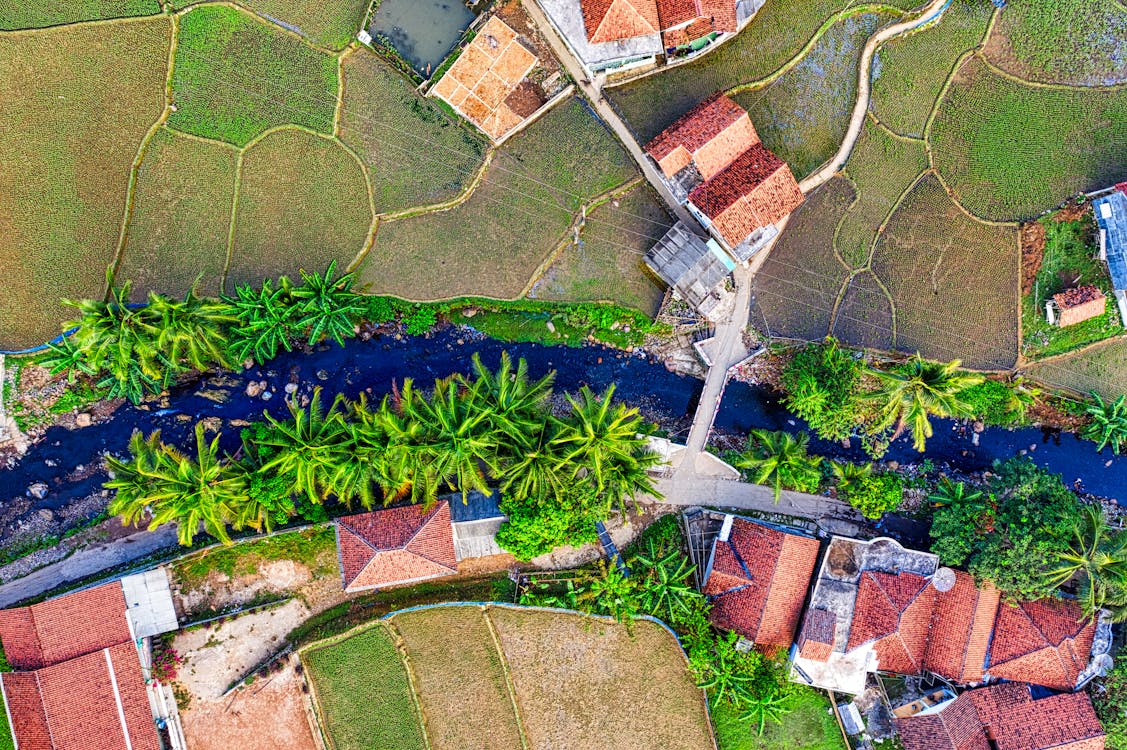By Anna Lexxy Mbucho
Climate change has far-reaching consequences on water availability and quality worldwide. As temperatures rise and weather patterns vary, the natural water cycle is interrupted, posing a variety of issues in ensuring sustainable and secure water supplies. This article looks at how climate change affects water resources and what actions are being made to alleviate such effects.
Climate change leads to changes in precipitation, with some areas experiencing increased rainfall while others face prolonged droughts. This variability can result in water scarcity in regions unprepared for such fluctuations. East Africa has seen an increase in extreme weather events, including both severe droughts and heavy rainfall, affecting water supply stability.
Warmer temperatures cause glaciers and snowpacks to melt faster, lowering freshwater storage in alpine areas and influencing downstream water supply. The fast melting of Himalayan glaciers jeopardizes water supplies for millions of Asians who rely on glacial meltwater during the dry season.
Higher temperatures lead to increased evaporation rates from rivers, lakes, and reservoirs, reducing the overall availability of surface water. Lake Chad in Africa has significantly shrunk over the past decades due in part to higher evaporation rates, impacting millions who rely on it for drinking water and agriculture.
Rising sea levels contribute to the intrusion of saltwater into coastal freshwater aquifers, contaminating drinking water sources and agricultural lands. Coastal regions in Bangladesh face severe challenges as saltwater intrusion affects both groundwater and soil quality, making farming increasingly difficult.
Intense rainfall events can increase runoff, carrying pollutants, sediments, and nutrients into water bodies, degrading water quality. Increased runoff in urban areas often leads to higher levels of pollutants in rivers and streams, impacting both human health and aquatic life. During droughts, reduced water flow can concentrate pollutants in remaining water sources, making treatment more challenging and costly.
Implementing Integrated Water Resources Management approaches helps manage water resources holistically, considering the interconnectedness of land use, water use, and ecosystem health. The Nile Basin Initiative promotes cooperative management of the Nile River’s water resources among its riparian countries. Upgrading water infrastructure to reduce leaks, improve storage, and enhance distribution efficiency can help maximize available water resources. Investments in modern irrigation systems, such as drip irrigation, have significantly reduced water usage in agriculture in Israel.
Technologies such as wastewater recycling, desalination, and rainwater harvesting can supplement traditional water sources and provide alternative supplies. Singapore has successfully implemented a comprehensive water management strategy that includes wastewater recycling and desalination to ensure water security. Advanced monitoring systems and improved treatment technologies can help detect and mitigate contaminants more effectively.
Sustainable agricultural practices, reforestation, and wetland restoration can reduce runoff, improve water infiltration, and maintain water quality. Kenya’s Green Belt Movement has promoted reforestation and sustainable land use practices, improved water catchment areas and reducing soil erosion. Engaging communities in water conservation efforts and educating them about sustainable water use practices can lead to more effective local water management.
Climate change presents significant challenges to water availability and quality, but through integrated and innovative approaches, these impacts can be mitigated. By adopting advanced technologies, improving infrastructure, implementing sustainable practices, and engaging communities, industries and governments can ensure a resilient and sustainable water future. Addressing these challenges requires global cooperation and a commitment to long-term solutions that protect both human and ecological health.

